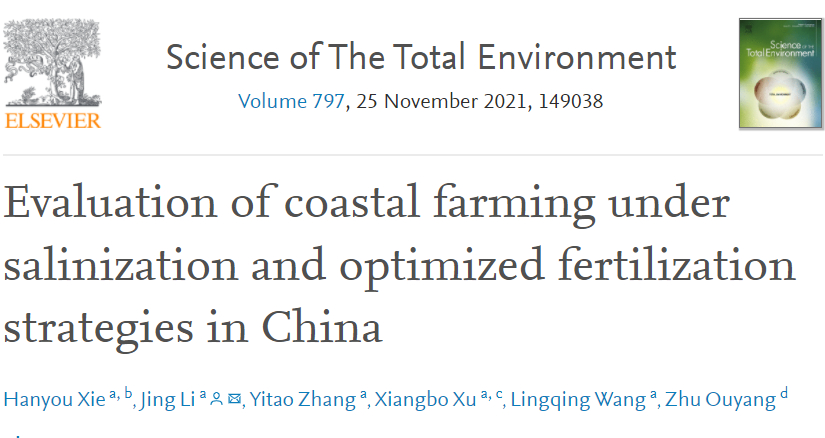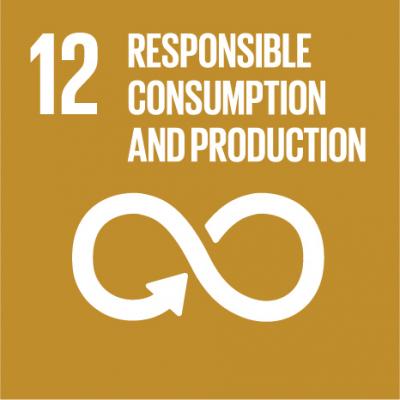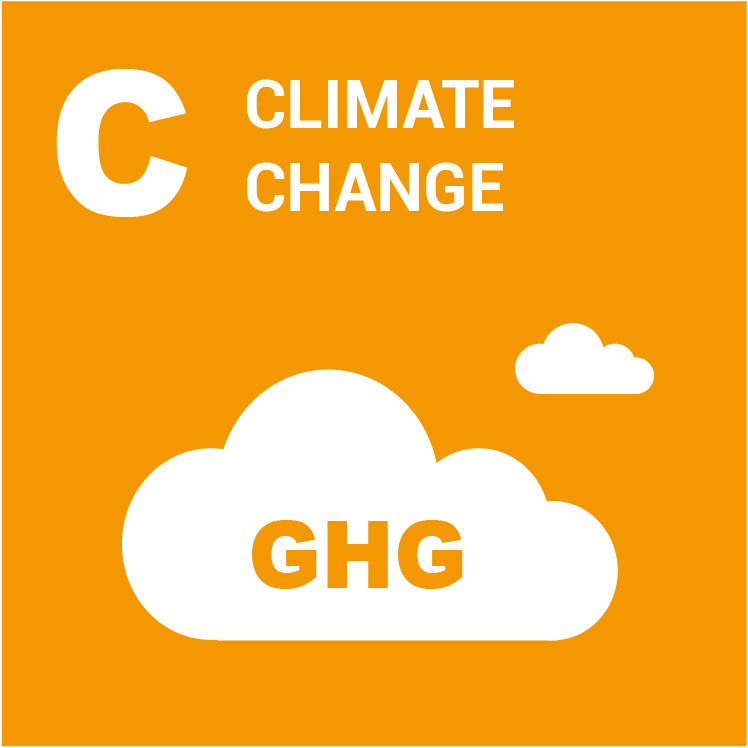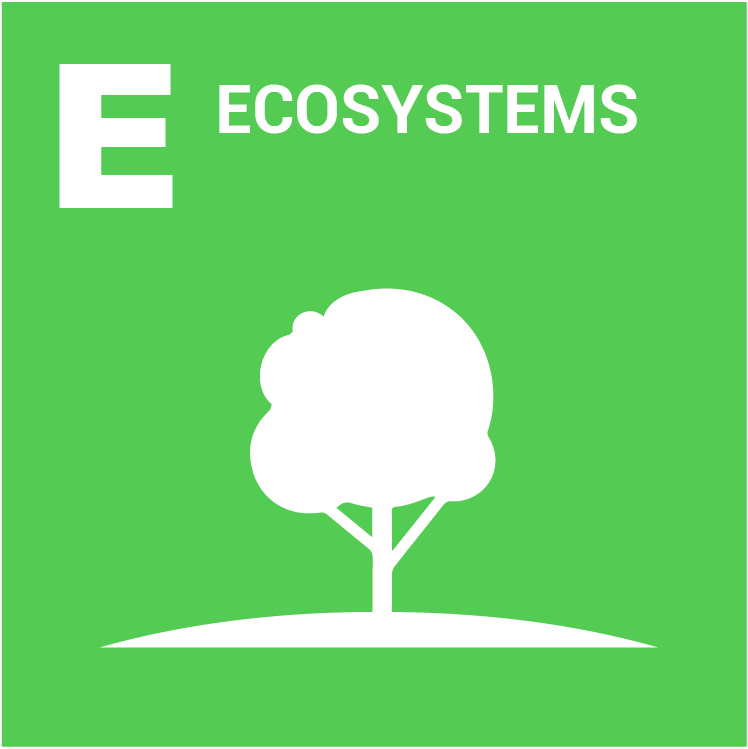Nitrogen (N) application and salinity are key factors influencing crop yield and net economic benefit in coastal saline-alkali soils. Integrated analysis and optimization of the benefits of wheat-corn cropping under different nitrogen applications in saline soils could provide lay the scientific basis for sustainable development of agriculture in coastal farmlands. A total of 571 pair-reviewed literature data on two-factor cross-over trials, involving soil salinity and nitrogen application, were integratively analyzed. Based on multi-objective optimization of crop yield, agronomic and net economic benefits, and soil nitrate residue in coastal saline-alkali soils, area-specific nitrogen application strategies were developed. The results showed that increasing the N application rate under 1.8–2.9‰ salinity can increase crop yield and economic benefits. The net economic benefit of crops was negative under 3.5‰ salinity. Above that threshold of 3.5‰, it is not suitable for planting food crops. Consequently, it is necessary to strengthen the management of saline-alkali soils. While the application rate of 2.78 × 108 kg N in winter wheat/summer corn cropping ensured environmental protection, farmers preferred 3.08 × 108 kg of nitrogen dose. These were respectively 40.4% and 33.9% lower than the traditional dose and with relatively higher benefits too.
Corresponding author: Jing Li, jingli@igsnrr.ac.cn







